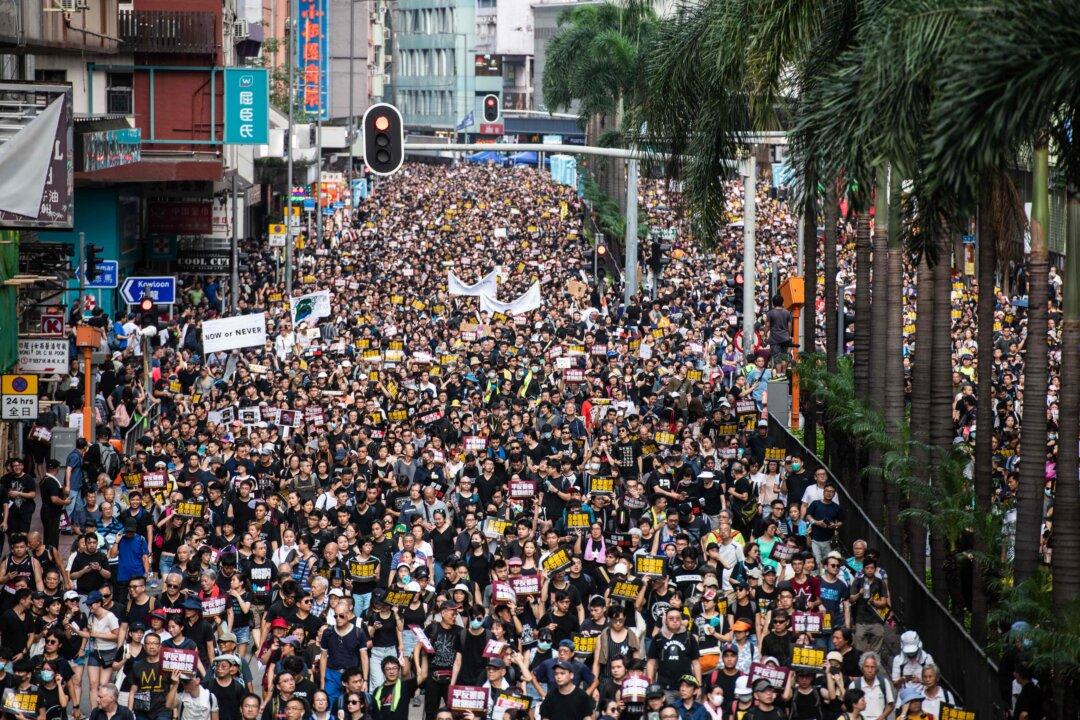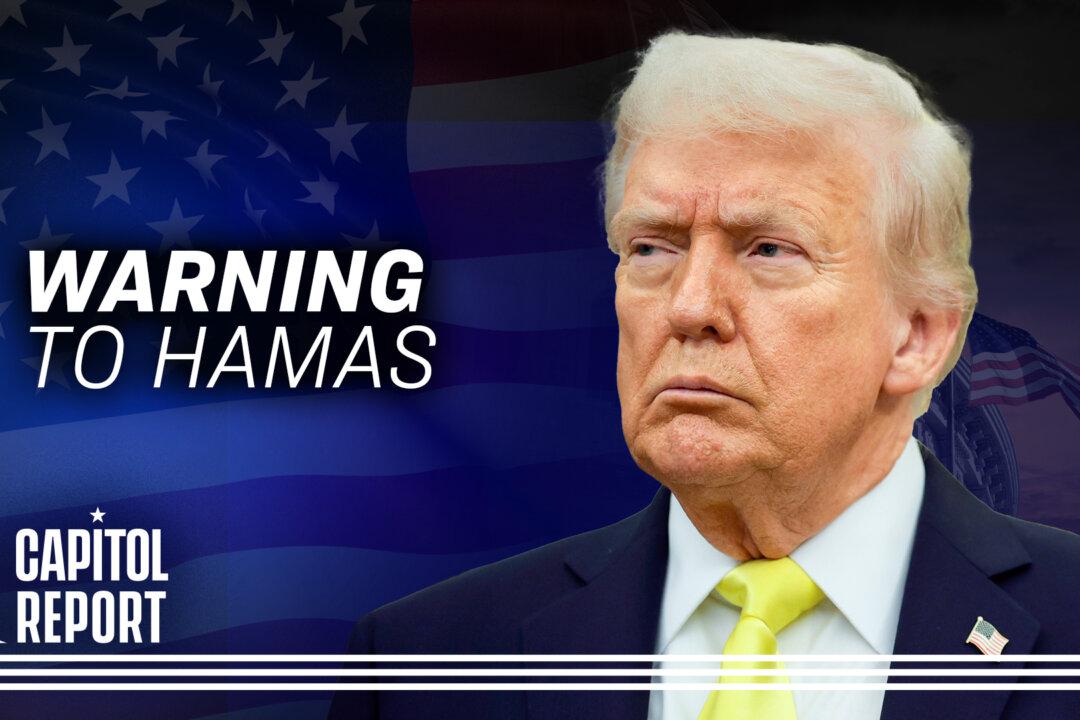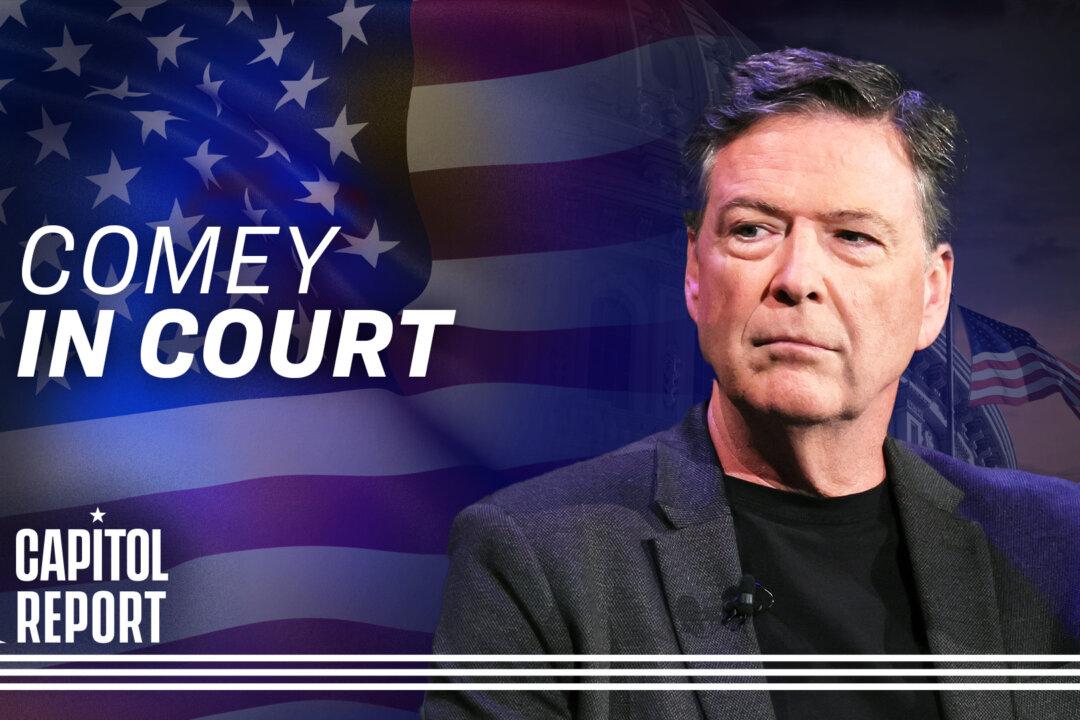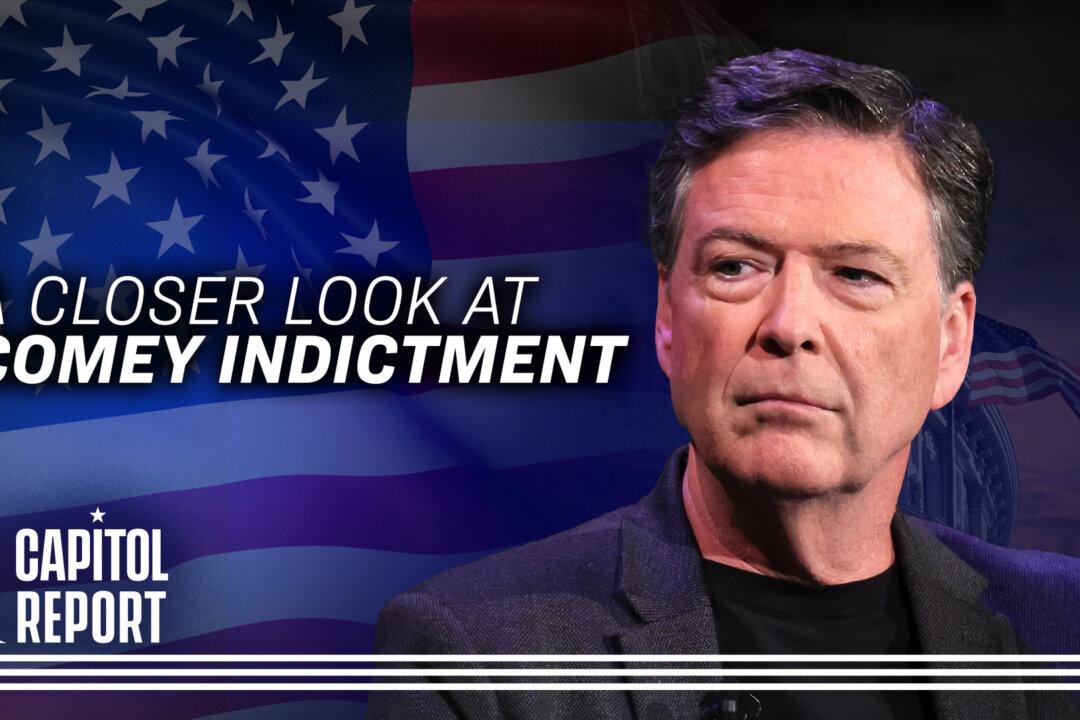Thousands of protesters surrounded and defaced the office of Beijing’s representative in Hong Kong following a peaceful march on July 21, in the first direct challenge to the Chinese regime during a months-long protest against a controversial extradition bill.
In late evening, as protesters began to leave the building premises, police arrived to disperse the crowd. A standoff ensued before police fired tear gas and rubber bullets to clear the area.





